1. Japan’s Students Clean Their Own Schools
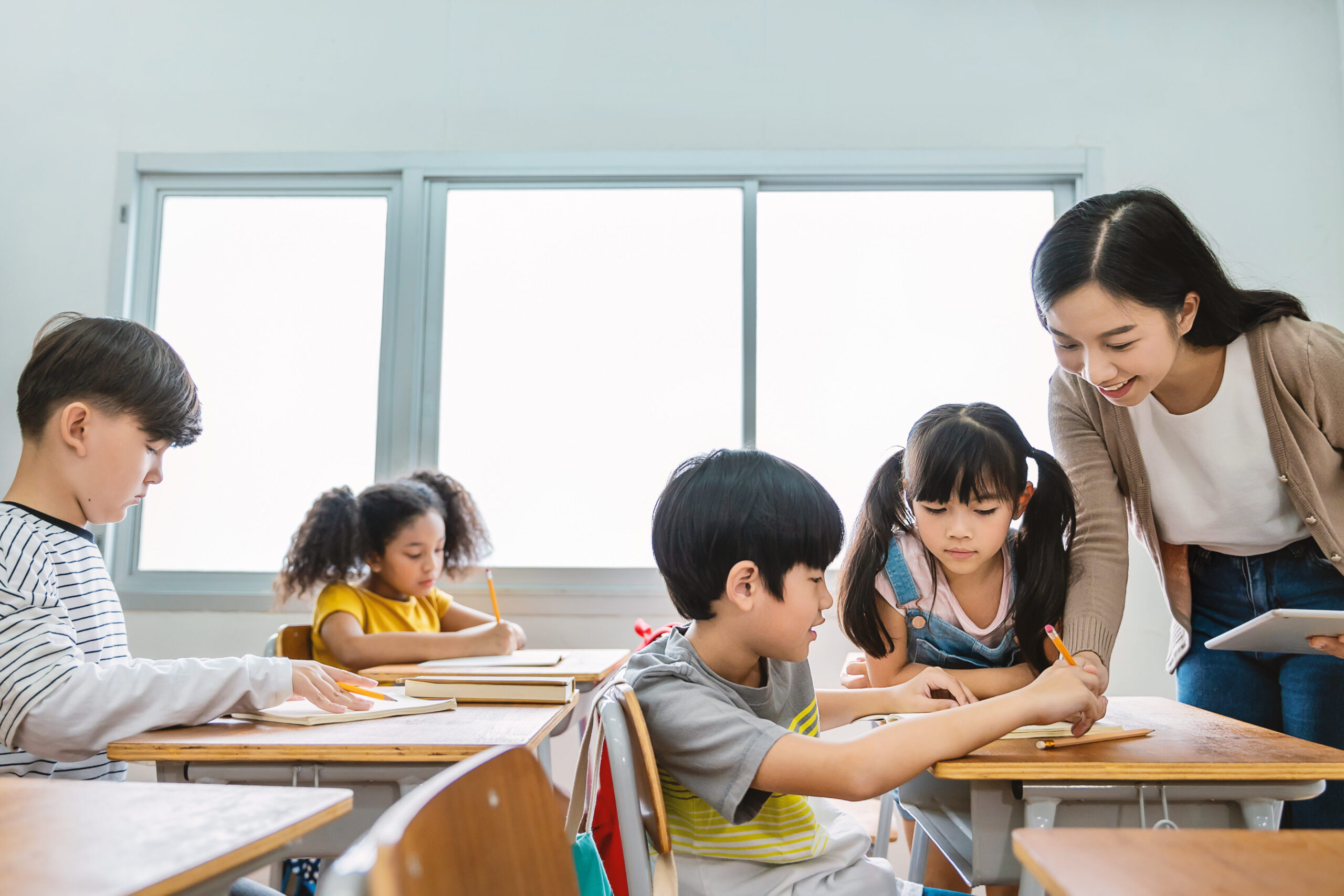
In Japan, kids don’t just show up to learn—they also handle much of the cleaning. There are no janitors in most schools; instead, students are expected to sweep, mop, and even scrub the toilets. This daily chore time, called osoji, is built into the school schedule and treated as a normal part of the day. The idea is that cleaning teaches responsibility, humility, and teamwork shares New York Times.
For many American parents, this is a surprising concept. We’re used to schools hiring custodial staff, and the idea of our children scrubbing floors in the hallway might raise some eyebrows. But in Japan, it’s not seen as punishment—it’s just part of life. And students take real pride in it, which might be something worth learning from adds NPR.
2. South Korea’s School Days Are Incredibly Long
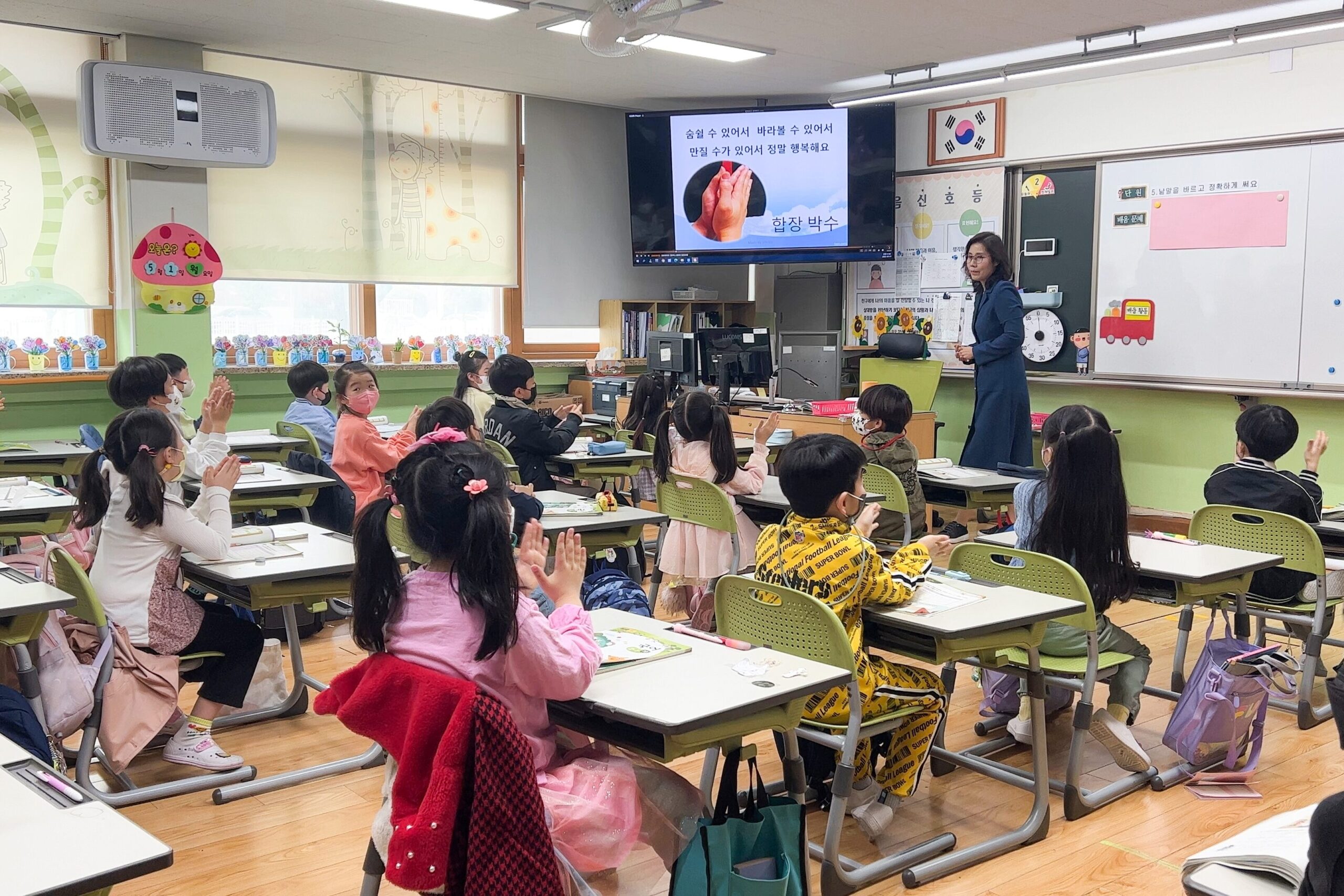
South Korean students are in class from early morning until evening, and many attend hagwons—private cram schools—late into the night. A typical school day can stretch from 8 a.m. to 10 p.m. or later, especially for high schoolers preparing for college entrance exams. Education is taken very seriously, and academic pressure is sky-high says India Today.
American parents often can’t believe the intensity. The idea of kids studying that long without burnout seems unfathomable. While the system does produce high test scores, there’s also a growing concern in South Korea about student stress and mental health. It makes you think about how much is too much when it comes to pushing for academic success explains BBC.
3. Finland’s Schools Prioritize Play Over Testing

In Finland, kids don’t start formal schooling until age 7, and they get 15-minute breaks every hour to run around and play. Homework is minimal, standardized testing is rare, and yet Finnish students consistently score high in global rankings. The entire system is built on trust—teachers are highly educated and given the freedom to teach how they see fit.
To American parents, this feels almost like a fantasy. No homework? No bubbling in answer sheets for hours? And yet, the students thrive. Finland’s approach flips the script on what we assume makes a school “successful,” and challenges the idea that more rigor always leads to better results.
4. France Serves Multi-Course School Lunches
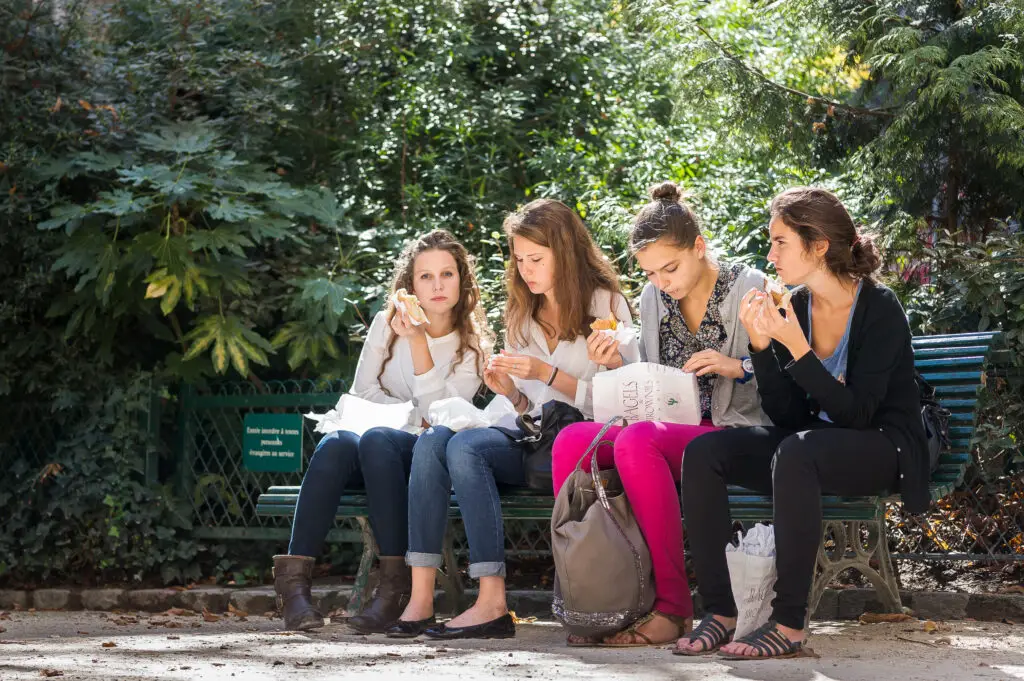
French schoolchildren sit down to meals that look more like a restaurant experience than a cafeteria tray. We’re talking fresh bread, vegetable courses, meat or fish entrées, cheese, and even dessert—often served over a leisurely lunch break. Meals are planned by nutritionists and prepared with local ingredients.
American parents might feel a bit guilty comparing this to what their kids get: often frozen pizza, chicken nuggets, or a mystery meat sandwich. In France, lunch is considered part of the child’s education—a time to learn about food, manners, and conversation. It’s a whole different level of respect for the mid-day meal.
5. China’s Military-Style Morning Exercises
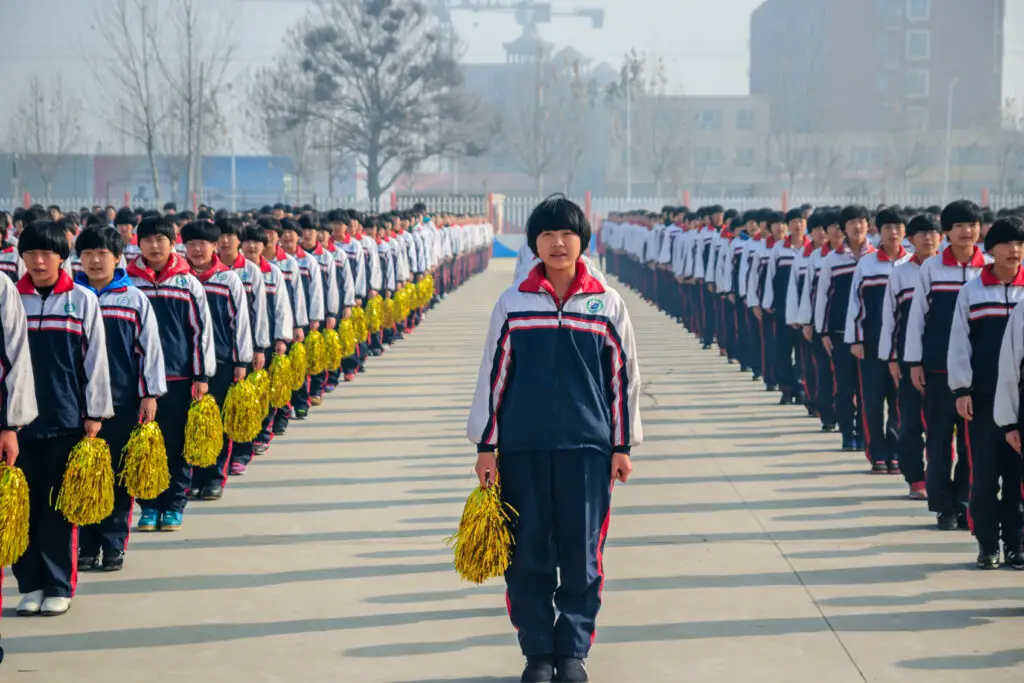
Every morning, students across China head outside to perform synchronized exercises as upbeat music plays over loudspeakers. It’s like a nationwide PE class, often done in full school uniforms. The goal is to energize students for the day and promote physical health and discipline.
This ritual might seem intense to American parents used to slower morning starts. It’s not just stretching—it’s a choreographed routine that looks like something out of a performance. But for Chinese schools, it’s second nature. It’s a reminder of how differently countries prioritize physical movement and structure in the school day.
6. Germany Tracks Students Into Career Paths Early

By the age of 10 or 11, German students are often placed into one of several types of secondary schools that determine their future path—whether it’s university, a trade, or vocational training. These decisions are based on academic performance and teacher recommendations. It’s a system that’s been in place for decades and is taken quite seriously.
To many Americans, that feels a bit intense. Ten years old seems awfully young to be steering a child toward a career. In the U.S., we tend to value keeping options open longer. But Germany’s system is designed to get kids into jobs faster, and with less student debt. It works for them, but it’s definitely a culture shock.
7. In the Netherlands, Part-Time Kindergarten Is Normal
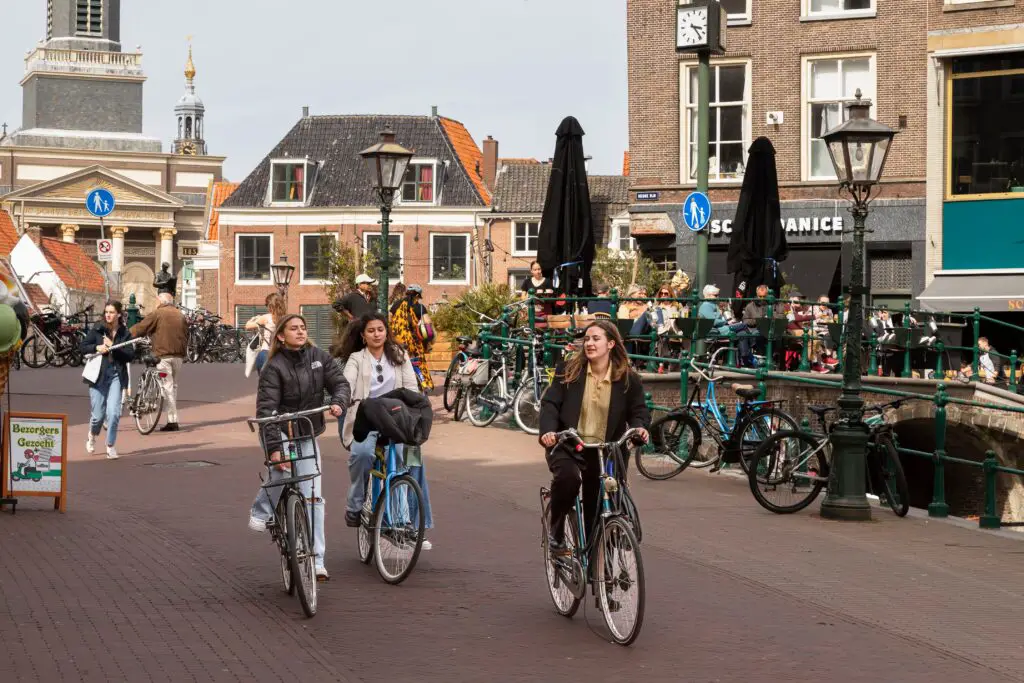
Dutch children don’t attend full-day kindergarten. In fact, school starts around age 4, but for the first couple of years, kids often attend part-time. Many only go a few hours a day or several days a week. It’s a slow, gentle entry into the school system.
For American parents used to full-time preschool or all-day kindergarten as the norm, this can feel confusing or even concerning. But in the Netherlands, the focus is on socialization and play rather than academic prep. It’s more about getting comfortable in a group than learning to read by age 5. And it seems to work just fine.
8. In Kenya, Some Students Walk for Miles Each Day
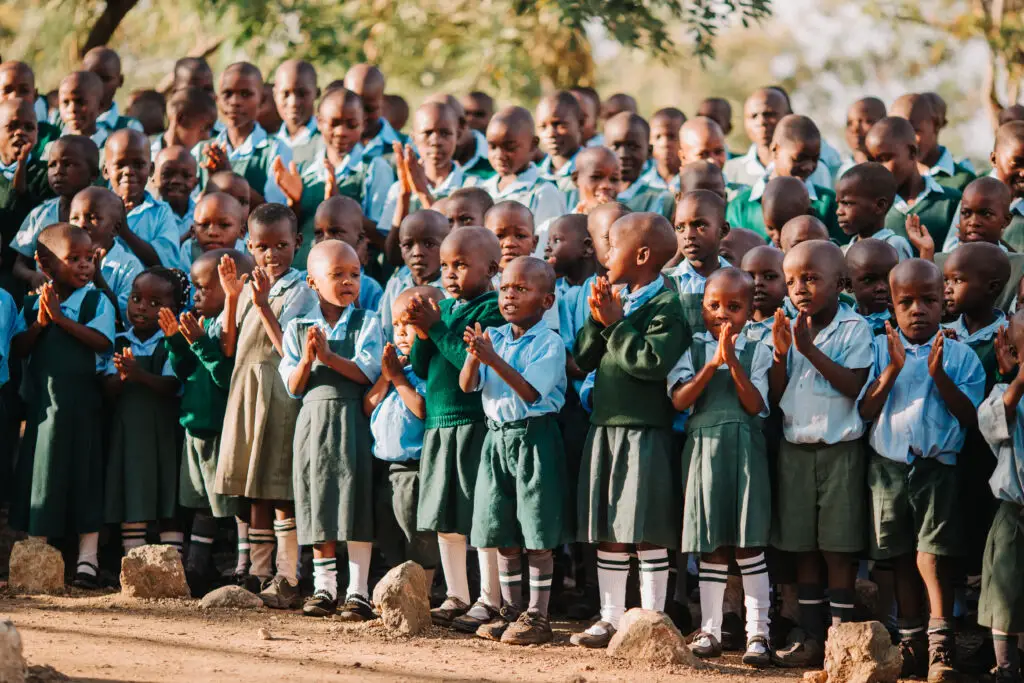
In many rural parts of Kenya, children walk several miles—sometimes barefoot—just to get to school. Rain or shine, they set out early and return late. School is highly valued, and families make big sacrifices so their children can attend, often without buses or cars to rely on.
American parents often take school buses and carpools for granted, so this reality hits hard. Kids in Kenya show a level of determination and resilience that’s inspiring and heartbreaking all at once. It also highlights how different the concept of “access to education” can be around the world. And it makes you appreciate the privilege of a short commute.
9. Russia’s First Day of School Is a National Event

In Russia, the first day of school is called “Knowledge Day” and it’s a huge deal. Students dress up, bring flowers for their teachers, and participate in ceremonies that mark the start of the academic year. Parents often come along, and there’s a strong sense of celebration and community.
Compared to the back-to-school frenzy in the U.S.—which usually involves Target runs and rushed goodbyes—this feels incredibly meaningful. It’s not just the start of classes; it’s a rite of passage. That kind of reverence for learning sets a powerful tone. It makes you wonder if we could all benefit from slowing down and celebrating education more.
10. In India, Large Class Sizes Are Common
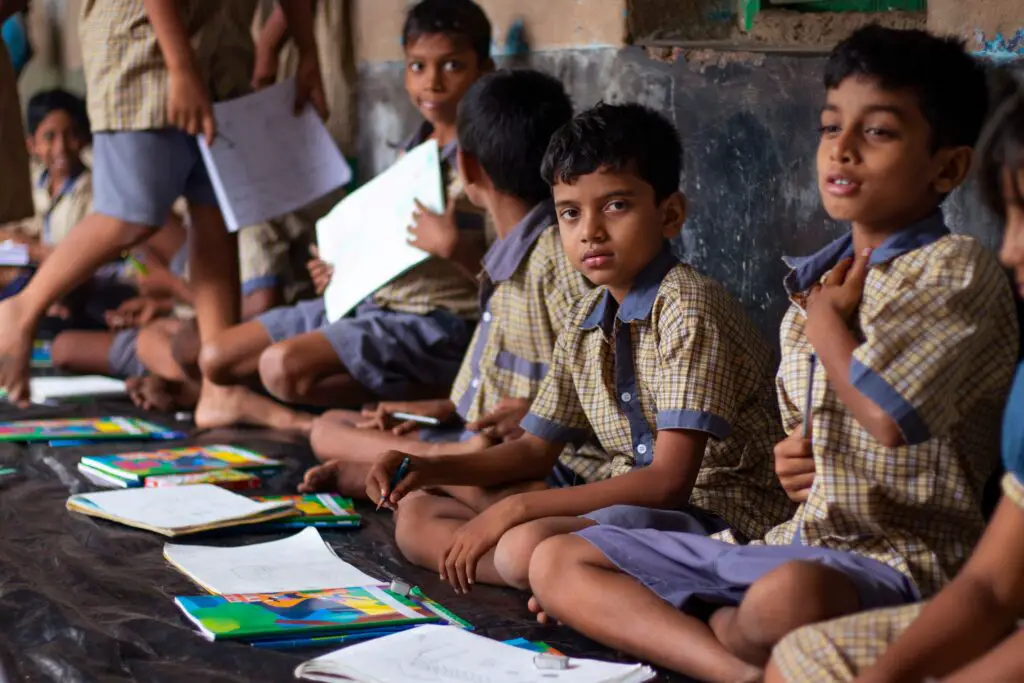
It’s not unusual for a classroom in India to have 50 or more students, especially in government-run schools. Resources are often stretched thin, and teachers may have to juggle dozens of children at once. Despite this, many students still manage to excel, driven by family expectations and personal ambition.
To American parents used to smaller class sizes and one-on-one attention, this can be jarring. It’s a testament to the resilience of both students and teachers. But it also raises questions about educational equity and what kids really need to thrive. There’s a lot to admire—and a lot to ponder.
11. In Israel, School Weeks Are Sunday to Friday
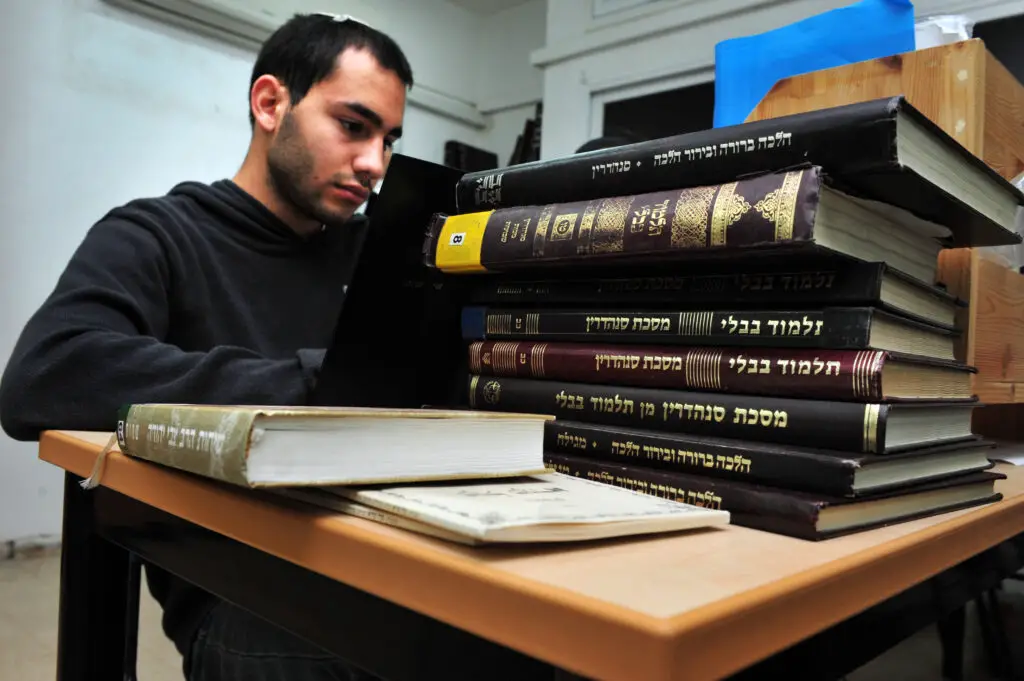
While American kids get Saturdays and Sundays off, Israeli students go to school six days a week—Sunday through Friday—with only Saturday (the Sabbath) as a rest day. The school days are often shorter, especially on Fridays, but the six-day schedule can be an adjustment for newcomers.
American parents might find this structure tough to imagine. That one extra day of school sounds like a lot. But in Israel, it’s the cultural and religious rhythm, and families adapt around it. It’s a reminder that what feels normal in one country can feel completely foreign in another.
12. In Sweden, Outdoor Time Happens Rain or Shine

Swedish schools strongly believe in outdoor play, and that includes cold, rainy, or snowy weather. Kids are bundled up and sent outside regardless of conditions, and recess is non-negotiable. It’s all about building resilience, encouraging exploration, and avoiding cabin fever.
To American parents who might keep kids indoors on gray days, this can be shocking. But in Sweden, they say, “There’s no bad weather, only bad clothing.” It’s a mindset that fosters toughness and independence from a young age. Plus, it helps kids stay active year-round.
13. In Australia, Students Often Wear Uniforms
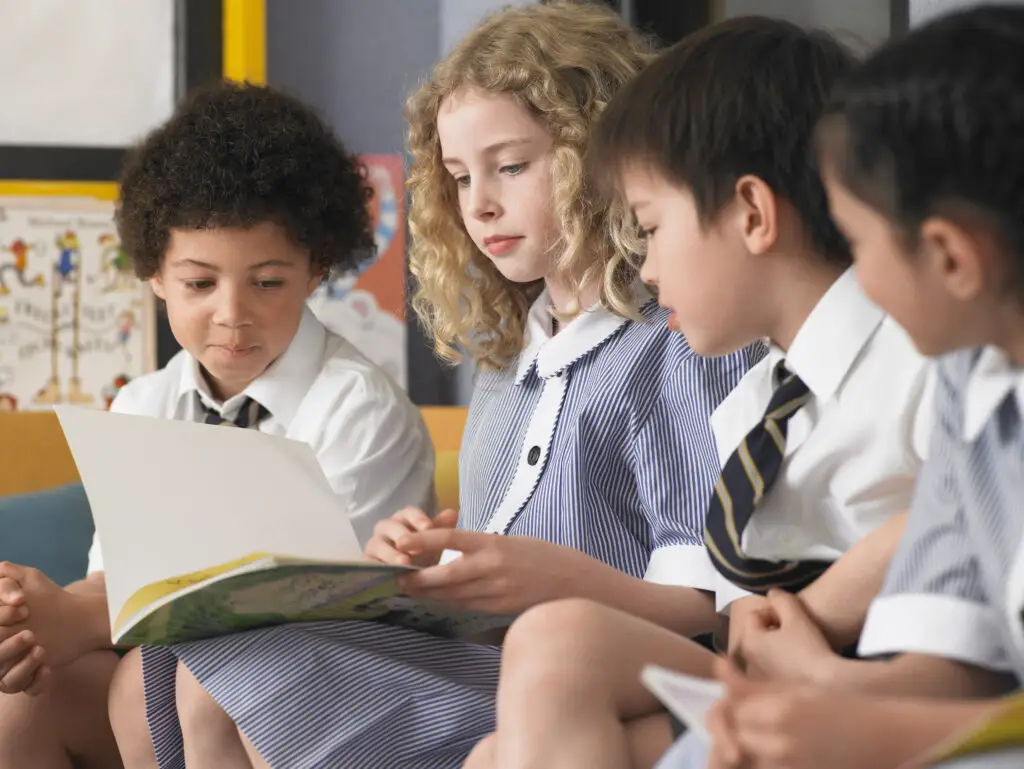
Across much of Australia, public and private school students wear uniforms—including specific hats, blazers, and even dress codes for shoes and socks. These uniforms are strictly enforced, and students can be sent home for not meeting the dress standard. The idea is to promote equality and school pride.
For American parents who associate uniforms more with private or Catholic schools, this can feel surprisingly formal. But in Australia, it’s just part of the routine. Many families appreciate the simplicity it brings to mornings, and it eliminates some of the stress (and competition) over what to wear. Still, the level of formality can take some getting used to.
